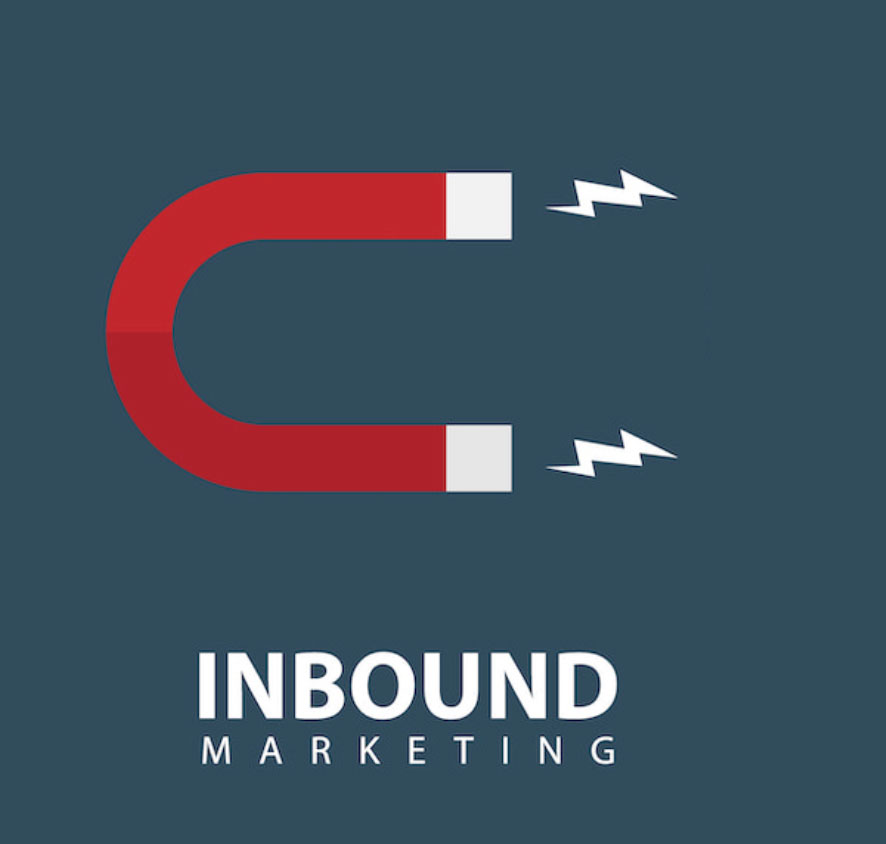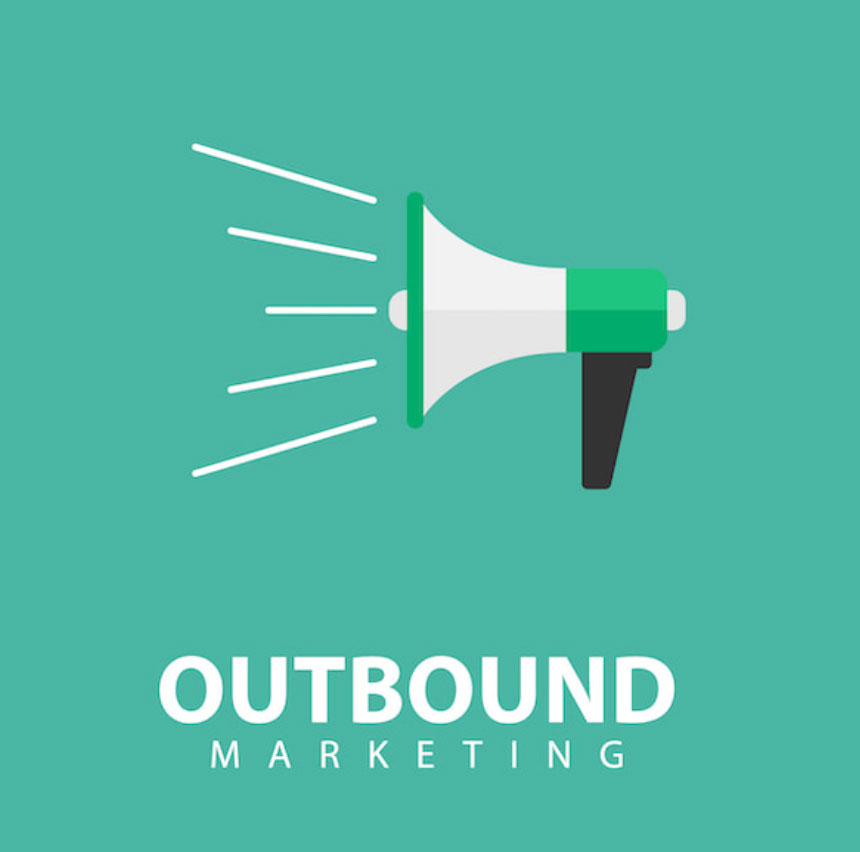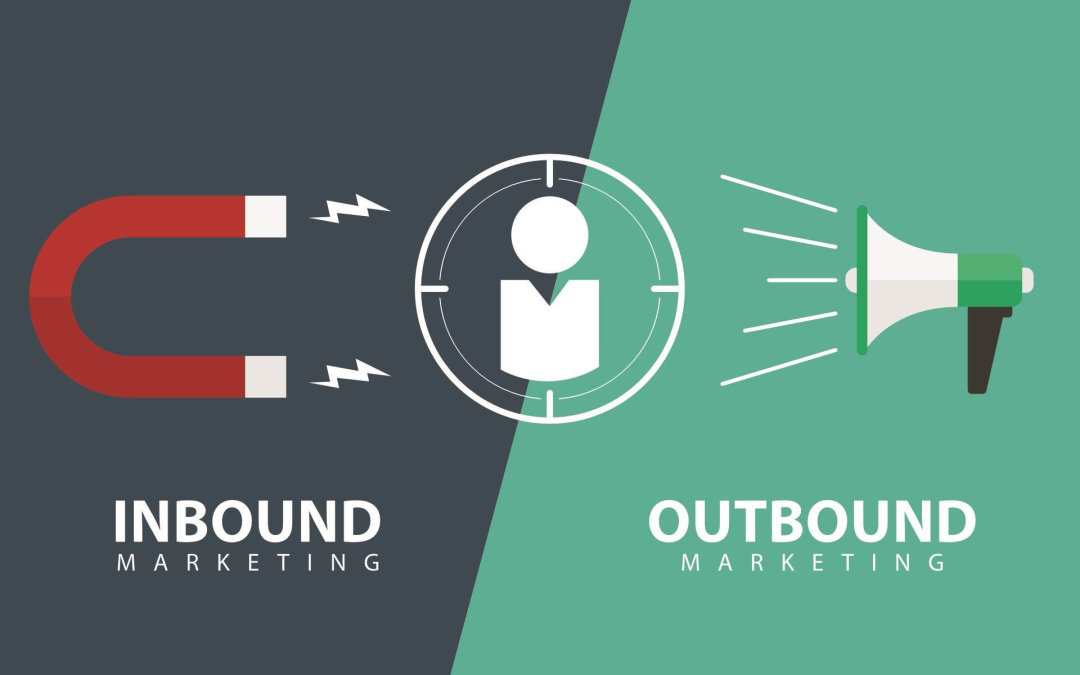If you’ve been keeping pace with marketing trends over the past few years, you’ve probably stumbled across the term inbound marketing at some point or another. A (relatively) new addition to the marketer’s vocabulary, inbound is receiving a lot of attention for its non-intrusive approach of targeting online users and converting those leads into lasting customers.
But how exactly does inbound work? And how does it compare to its traditional counterpart, outbound marketing? Let’s take a closer look at the two methodologies and discuss the context in which each pays off. First up: our old friend, outbound.
At its core, outbound marketing is any means of pushing products and services onto consumers. Companies initiate conversation with their audience through large-scale marketing efforts. These marketing efforts are able to target leads through print, television, radio, outdoor advertising, and the like. Communication from brand to consumer is generally one-way, as we are told to buy this! and buy that! Sound familiar?

That’s not to say there isn’t a time and a place for outbound; there absolutely is. A successful outbound marketing campaign will elevate your brand in a big way by placing it in front of the masses, and it adds a healthy dose of variety to your company’s marketing portfolio.
However, our old friend has been receiving a bad rap in recent years as an increasing amount of consumers regard it as “spammy.” People don’t like to be (knowingly) targeted and sold to on a constant basis; they want information on their own terms. According to Impact, due to the bad rap on outbound marketing, it’s more beneficial to use inbound tactics. By sharing your personal expertise, addressing customer questions head on, and being familiar with the products being sold, your marketing will not be regarded as “spammy”as it would be in outbound marketing.
That’s where inbound comes in. Also referred to as content marketing, inbound refers to promotional activities that pull users in, rather than trying to grab the attention of consumers who, let’s face it, have a real attention deficit. Businesses who embrace the inbound methodology earn this consumer interest by creating and delivering valuable, relevant and consistent content. Inbound is a philosophy based around helping people, and sharing your knowledge to gain trust with your target audience. They attract customers to their products and services before the customer is even ready to buy. They focus on captivating people in through the forms of blog posts, infographics, images, videos, podcasts, newsletters, webinars… you get the gist.
Make sense? One common analogy is that outbound marketing interrupts while inbound asks for permission. Which makes sense – after all, consumers can actively seek out the information and value that inbound provides on their own terms, rather than being pushed through the sales funnel against their will (sorry, outbound).

Of course, with any marketing strategy it’s important to first recognize your target audience and the needs of those individuals, and inbound is no exception. Ask yourself: Who are you looking to capture and what kind of story will resonate best with that audience? What kind of content do these users desire, and will that content create value for them? What is the end goal or action that you’re looking for consumers to take?
Inbound company Lead G2 breaks down the inbound marketing process well in the video below, which compares the practice to fishing.
Remember that inbound marketing is about creating a meaningful conversation with leads online. Keep putting forth relevant content that will speak to those consumers, and in time they will come swimming to your brand.





